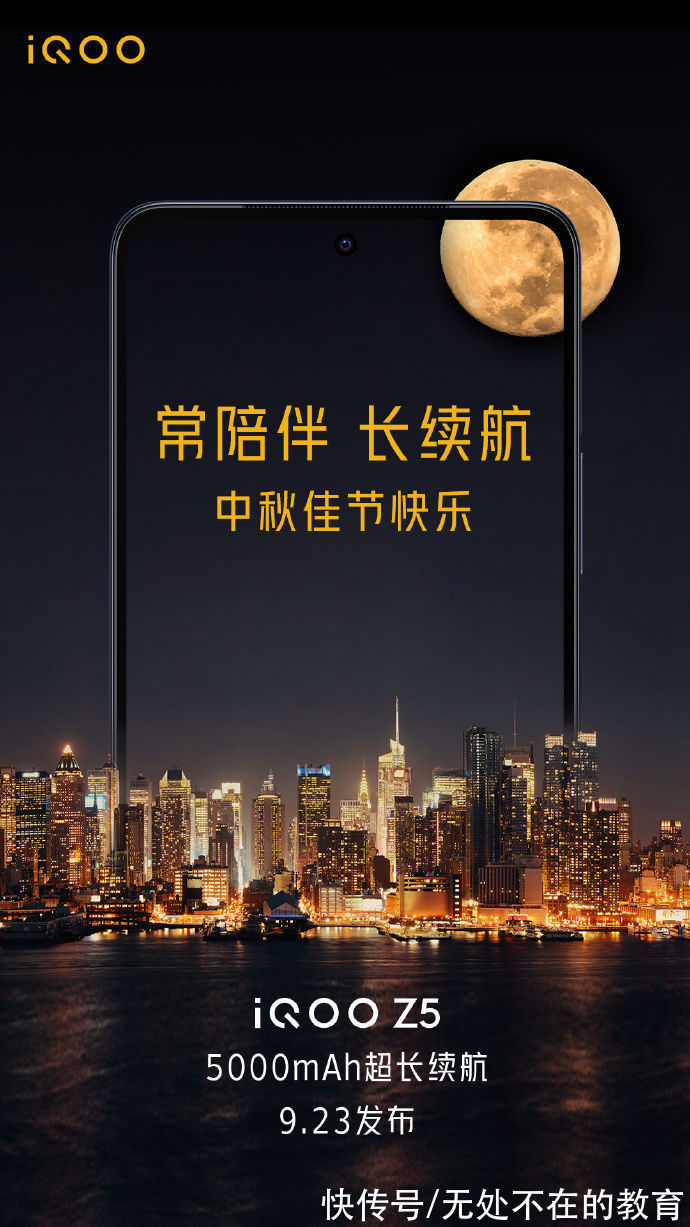青春须早为,岂能长少年。这篇文章主要讲述java 从零开始手写 RPC (04) -序列化相关的知识,希望能为你提供帮助。
序列化java 从零开始手写 RPC (01) 基于 socket 实现
java 从零开始手写 RPC (02)-netty4 实现客户端和服务端
java 从零开始手写 RPC (03) 如何实现客户端调用服务端?
前面几节我们实现了最基础的客户端调用服务端,这一节来学习一下通讯中的对象序列化。

文章图片
为什么需要序列化netty 底层都是基于 ByteBuf 进行通讯的。
前面我们通过编码器/解码器专门为计算的入参/出参进行处理,这样方便我们直接使用 pojo。
但是有一个问题,如果想把我们的项目抽象为框架,那就需要为所有的对象编写编码器/解码器。
显然,直接通过每一个对象写一对的方式是不现实的,而且用户如何使用,也是未知的。
序列化的方式基于字节的实现,性能好,可读性不高。
基于字符串的实现,比如 json 序列化,可读性好,性能相对较差。
ps: 可以根据个人还好选择,相关序列化可参考下文,此处不做展开。
实现思路可以将我们的 Pojo 全部转化为 byte,然后 Byte 转换为 ByteBuf 即可。
反之亦然。
代码实现 maven引入序列化包:
<
dependency>
<
groupId>
com.github.houbb<
/groupId>
<
artifactId>
json<
/artifactId>
<
version>
0.1.1<
/version>
<
/dependency>
服务端 核心
服务端的代码可以大大简化:
serverBootstrap.group(workerGroup, bossGroup)
.channel(NioserverSocketChannel.class)
// 打印日志
.handler(new LoggingHandler(LogLevel.INFO))
.childHandler(new ChannelInitializer<
Channel>
() {
@Override
protected void initChannel(Channel ch) throws Exception {
ch.pipeline()
.addLast(new RpcServerHandler());
}
})
// 这个参数影响的是还没有被accept 取出的连接
.option(ChannelOption.SO_BACKLOG, 128)
// 这个参数只是过一段时间内客户端没有响应,服务端会发送一个 ack 包,以判断客户端是否还活着。
.childOption(ChannelOption.SO_KEEPALIVE, true);
这里只需要一个实现类即可。
RpcServerHandler
服务端的序列化/反序列化调整为直接使用 JsonBs 实现。
package com.github.houbb.rpc.server.handler;
import com.github.houbb.json.bs.JsonBs;
import com.github.houbb.log.integration.core.Log;
import com.github.houbb.log.integration.core.LogFactory;
import com.github.houbb.rpc.common.model.CalculateRequest;
import com.github.houbb.rpc.common.model.CalculateResponse;
import com.github.houbb.rpc.common.service.Calculator;
import com.github.houbb.rpc.server.service.CalculatorService;
import io.netty.buffer.ByteBuf;
import io.netty.buffer.Unpooled;
import io.netty.channel.ChannelHandlerContext;
import io.netty.channel.SimpleChannelInboundHandler;
/**
* @author binbin.hou
* @since 0.0.1
*/
public class RpcServerHandler extends SimpleChannelInboundHandler {private static final Log log = LogFactory.getLog(RpcServerHandler.class);
@Override
public void channelActive(ChannelHandlerContext ctx) throws Exception {
final String id = ctx.channel().id().asLongText();
log.info("[Server] channel {} connected " + id);
}@Override
protected void channelRead0(ChannelHandlerContext ctx, Object msg) throws Exception {
final String id = ctx.channel().id().asLongText();
ByteBuf byteBuf = (ByteBuf)msg;
byte[] bytes = new byte[byteBuf.readableBytes()];
byteBuf.readBytes(bytes);
CalculateRequest request = JsonBs.deserializeBytes(bytes, CalculateRequest.class);
log.info("[Server] receive channel {} request: {} from ", id, request);
Calculator calculator = new CalculatorService();
CalculateResponse response = calculator.sum(request);
// 回写到 client 端
byte[] responseBytes = JsonBs.serializeBytes(response);
ByteBuf responseBuffer = Unpooled.copiedBuffer(responseBytes);
ctx.writeAndFlush(responseBuffer);
log.info("[Server] channel {} response {}", id, response);
}}客户端 核心
客户端可以简化如下:
channelFuture = bootstrap.group(workerGroup)
.channel(NioSocketChannel.class)
.option(ChannelOption.SO_KEEPALIVE, true)
.handler(new ChannelInitializer<
Channel>
(){
@Override
protected void initChannel(Channel ch) throws Exception {
channelHandler = new RpcClientHandler();
ch.pipeline()
.addLast(new LoggingHandler(LogLevel.INFO))
.addLast(channelHandler);
}
})
.connect(RpcConstant.ADDRESS, port)
.syncUninterruptibly();
RpcClientHandler
客户端的序列化/反序列化调整为直接使用 JsonBs 实现。
package com.github.houbb.rpc.client.handler;
import com.github.houbb.json.bs.JsonBs;
import com.github.houbb.log.integration.core.Log;
import com.github.houbb.log.integration.core.LogFactory;
import com.github.houbb.rpc.client.core.RpcClient;
import com.github.houbb.rpc.common.model.CalculateResponse;
import io.netty.buffer.ByteBuf;
import io.netty.channel.ChannelHandlerContext;
import io.netty.channel.SimpleChannelInboundHandler;
/**
* <
p>
客户端处理类 <
/p>
*
* <
pre>
Created: 2019/10/16 11:30 下午<
/pre>
* <
pre>
Project: rpc<
/pre>
*
* @author houbinbin
* @since 0.0.2
*/
public class RpcClientHandler extends SimpleChannelInboundHandler {private static final Log log = LogFactory.getLog(RpcClient.class);
/**
* 响应信息
* @since 0.0.4
*/
private CalculateResponse response;
@Override
protected void channelRead0(ChannelHandlerContext ctx, Object msg) throws Exception {
ByteBuf byteBuf = (ByteBuf)msg;
byte[] bytes = new byte[byteBuf.readableBytes()];
byteBuf.readBytes(bytes);
this.response = JsonBs.deserializeBytes(bytes, CalculateResponse.class);
log.info("[Client] response is :{}", response);
}@Override
public void channelReadComplete(ChannelHandlerContext ctx) throws Exception {
// 每次用完要关闭,不然拿不到response,我也不知道为啥(目测得了解netty才行)
// 个人理解:如果不关闭,则永远会被阻塞。
ctx.flush();
ctx.close();
}public CalculateResponse getResponse() {
return response;
}}小结为了便于大家学习,以上源码已经开源:
希望本文对你有所帮助,如果喜欢,欢迎点赞收藏转发一波。
我是老马,期待与你的下次相遇。
【java 从零开始手写 RPC (04) -序列化】

文章图片
推荐阅读
- mysql int与int(10)的数值范围相同吗()
- 马拉车算法,其实并不难!!!
- 网络层IP数据包和ARP协议转发原理
- 子网划分综合,这个就是我经常用到然后很重的综合,发车了!点赞收藏!
- 为绿色而生(智慧矿山可视化数治监管)
- 网络传输介质和交换机的原理与配置
- Pandas高级教程之:时间处理
- 百分点大数据技术团队(低代码平台实践)
- 软件测试之测试工程师如何交接项目












